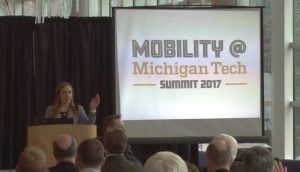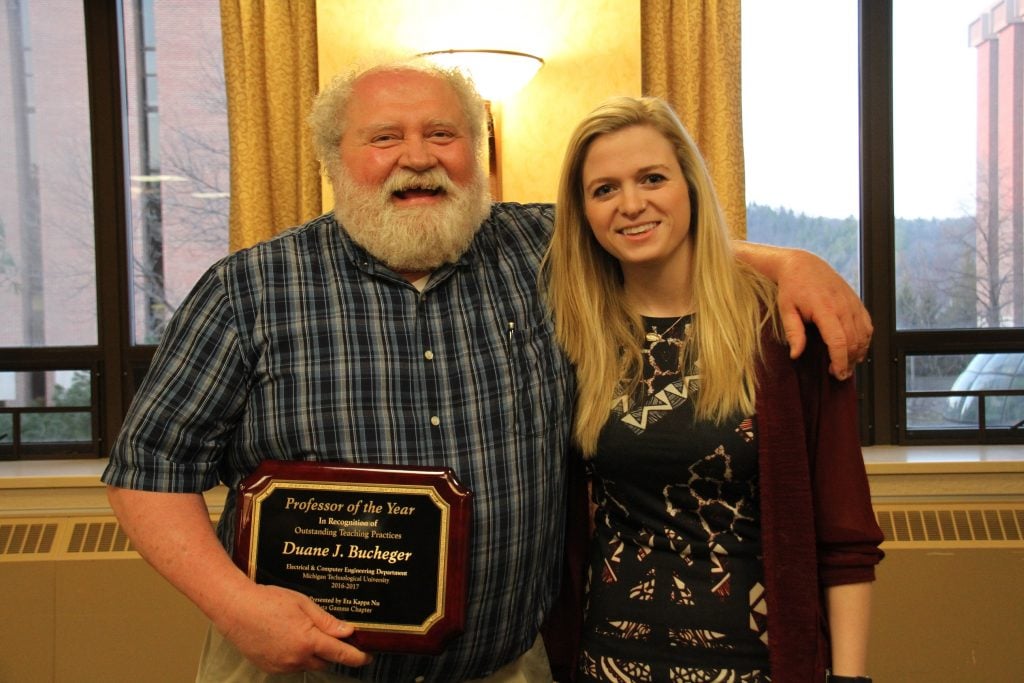
Jeremy Bos (ECE/RICC) is the principal investigator on a project that has received a $106,032 research and development grant from the US Department of Defense, Air Force Office of Scientific Research.
The project is titled “Imaging Theory and Mitigation in Extreme Turbulence-Induced Anisoplanatism.”
This is the first year of a three-year project potentially totaling $331,550.
By Sponsored Programs.
 Greetings one and all from beautiful Seattle, Washington, where I have been attending the
Greetings one and all from beautiful Seattle, Washington, where I have been attending the 





 The first part of this FWF double feature almost didn’t get written because there were so many events and activities in the ECE Department that I had to attend to. This second part almost didn’t get written because I was lying in bed binge-watching Season 3 of HBO’s “Silicon Valley”. This highly entertaining and astonishingly vulgar parody of start-ups in “the valley” is LOL funny, especially for electrical and computer types like us. I am not certain that all the counter-culture stereotypes and situations bear full resemblance to reality, but I do have to imagine that there is a seamy underbelly to the tech innovation culture that is usually held up as the paragon of realized human potential, even in this very blog. Season 4 starts this week!
The first part of this FWF double feature almost didn’t get written because there were so many events and activities in the ECE Department that I had to attend to. This second part almost didn’t get written because I was lying in bed binge-watching Season 3 of HBO’s “Silicon Valley”. This highly entertaining and astonishingly vulgar parody of start-ups in “the valley” is LOL funny, especially for electrical and computer types like us. I am not certain that all the counter-culture stereotypes and situations bear full resemblance to reality, but I do have to imagine that there is a seamy underbelly to the tech innovation culture that is usually held up as the paragon of realized human potential, even in this very blog. Season 4 starts this week!






